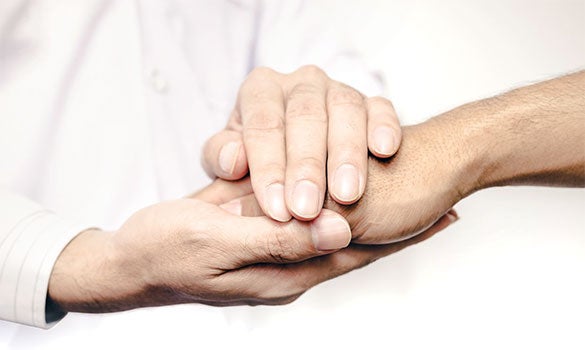
dedicated burns unit in Singapore and treat about 220 patients a year.
The Skin Bank Unit, one of the tissue banks under Transplant Tissue Centre SingHealth, at the Singapore General Hospital (SGH) Burns Centre, started in 1998 for the recovery, preparation, preservation and distribution of donated skin. Its main objective is to provide a ready source of donor skin allografts to treat severe burn patients in Singapore.
The SGH Burns Centre is the only dedicated burns unit in Singapore and treats about 220 patients a year. Most of them suffer from burn injuries due to industrial or domestic accidents and of which, 10% of these patients require skin transplant.
The SGH Skin Bank Unit is the first skin bank in Southeast Asia accredited under American Association of Tissue Banks and has provided up to 1,236,097 cm² donor skin to 256 burn victims (almost the size of a badminton court) for grafting since 1998.
WHO NEEDS SKIN TRANSPLANT?
 For patients who sustain major burns with a total body surface area (TBSA) in excess of 30%, or full thickness burns in excess of 20% of TBSA, donated human skin is routinely used to cover the excised burn wounds as autologous skin grafts may not be sufficient.
For patients who sustain major burns with a total body surface area (TBSA) in excess of 30%, or full thickness burns in excess of 20% of TBSA, donated human skin is routinely used to cover the excised burn wounds as autologous skin grafts may not be sufficient.
These temporary skin allografts are life-saving as they help to prevent infection, reduce loss of critical fluids as well as relieve the patient’s pain and discomfort during the critical phase of their severe burn injury at the beginning. These transplanted tissues help to improve the patient’s morale and immunity until it is possible to do an autologous skin graft for definitive wound coverage.
ABOUT SKIN DONATION
Skin is recovered from a deceased donor. In order for the tissue to be useful, recovery is done within 15 hours from the time of death.
The screening process for a potential donor includes the checking of medical and social history, present illnesses, a physical examination and blood sampling for infectious diseases such as HIV and hepatitis. The screening process serves to exclude any possibility of transmissible infectious diseases and high-risk behaviour.
Skin is typically recovered from the deceased donor’s back and lower limbs – areas which are usually covered by clothing. Exposed areas of the body such as the face, neck and upper limbs will not be considered.
The outer skin is recovered using a special surgical instrument called the dermatome. Typical thickness of the skin recovered varies between 0.025 cm and 0.046 cm, about the thickness of 4 pieces of paper. This leaves about 85% thickness of the donor’s skin still intact.
After tissue recovery, the donor will be prepared appropriately, allowing for an open casket funeral. Family members can also specify which areas of the deceased donor’s body to be left untouched.
The recovered skin tissues are processed, individually packed and specially stored at temperatures ranging from -70 degrees Celsius to -196 degrees Celsius, for up to 5 years. Stringent donor evaluation, which includes reviewing of all donor medical records, infectious disease screening and microbiology results, is performed before donated skin tissues are certified safe for transplantation.
WHO ARE OUR DONORS?
Multiple skin grafting operations are required during the course of treatment for a burn patient. At present, the Skin Bank Unit has not been able to meet the demand for donated skin allografts despite the increase of local donors from 5 in 2005 to 18 in 2015, which contributes to a mere 20% of skin grafts required. 80% of our skin supplies have to be imported from overseas tissue banks such as the Euro Skin Bank and others in the United States or Canada.
Skin donations are not covered by Human Organ Transplant Act (HOTA). Anyone above the age of 18 can make this life saving decision by completing an Organ Donation Pledge Form to opt-in under the Medical (Therapy, Education and Research) Act (MTERA) and submitting it to the National Organ Transplant Unit (NOTU).
For more information about this programme, please contact Skin Bank Unit, Singapore General Hospital:
Tel: 6321 4974
Email:
gplskin@sgh.com.sg













 Get it on Google Play
Get it on Google Play